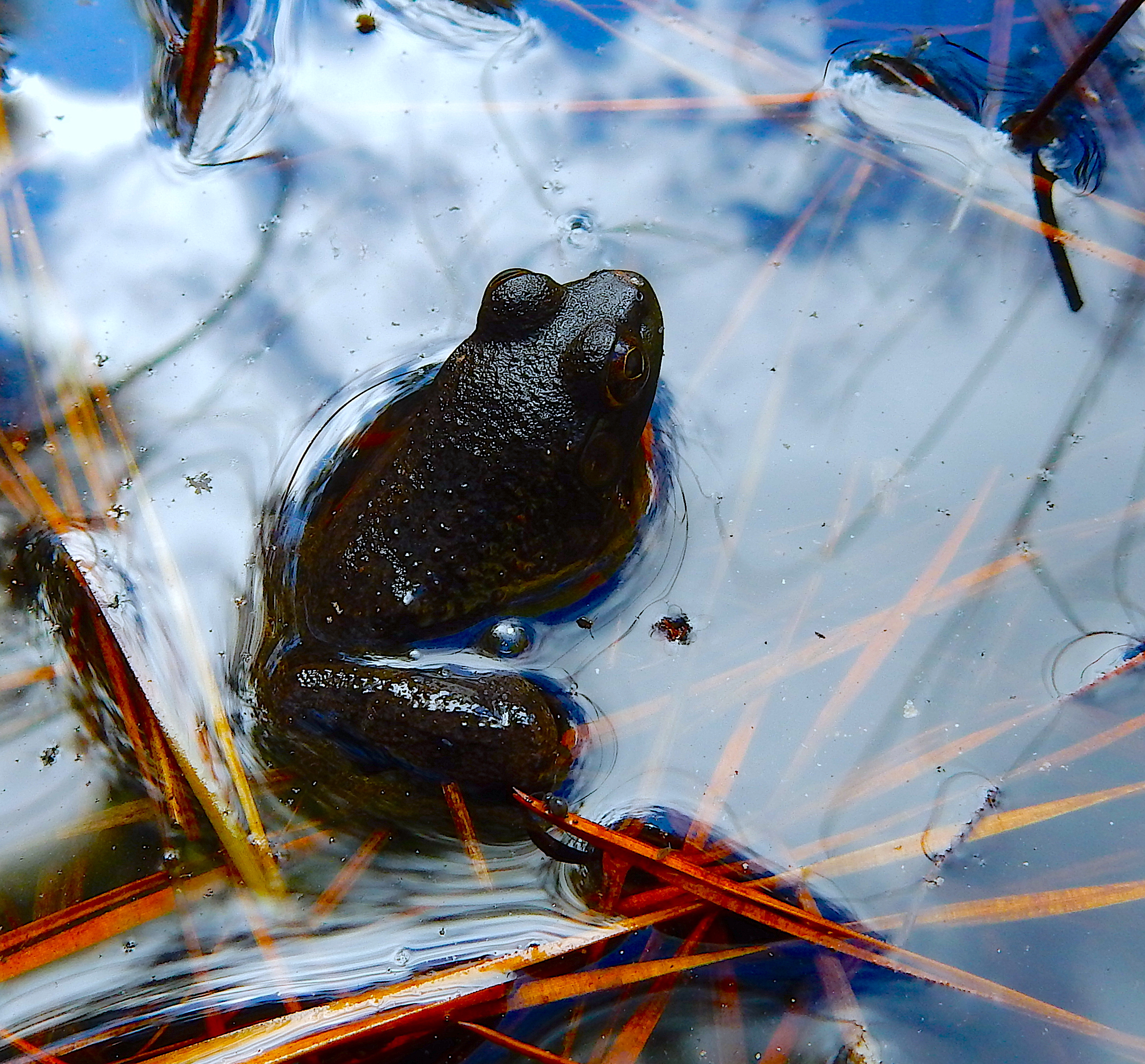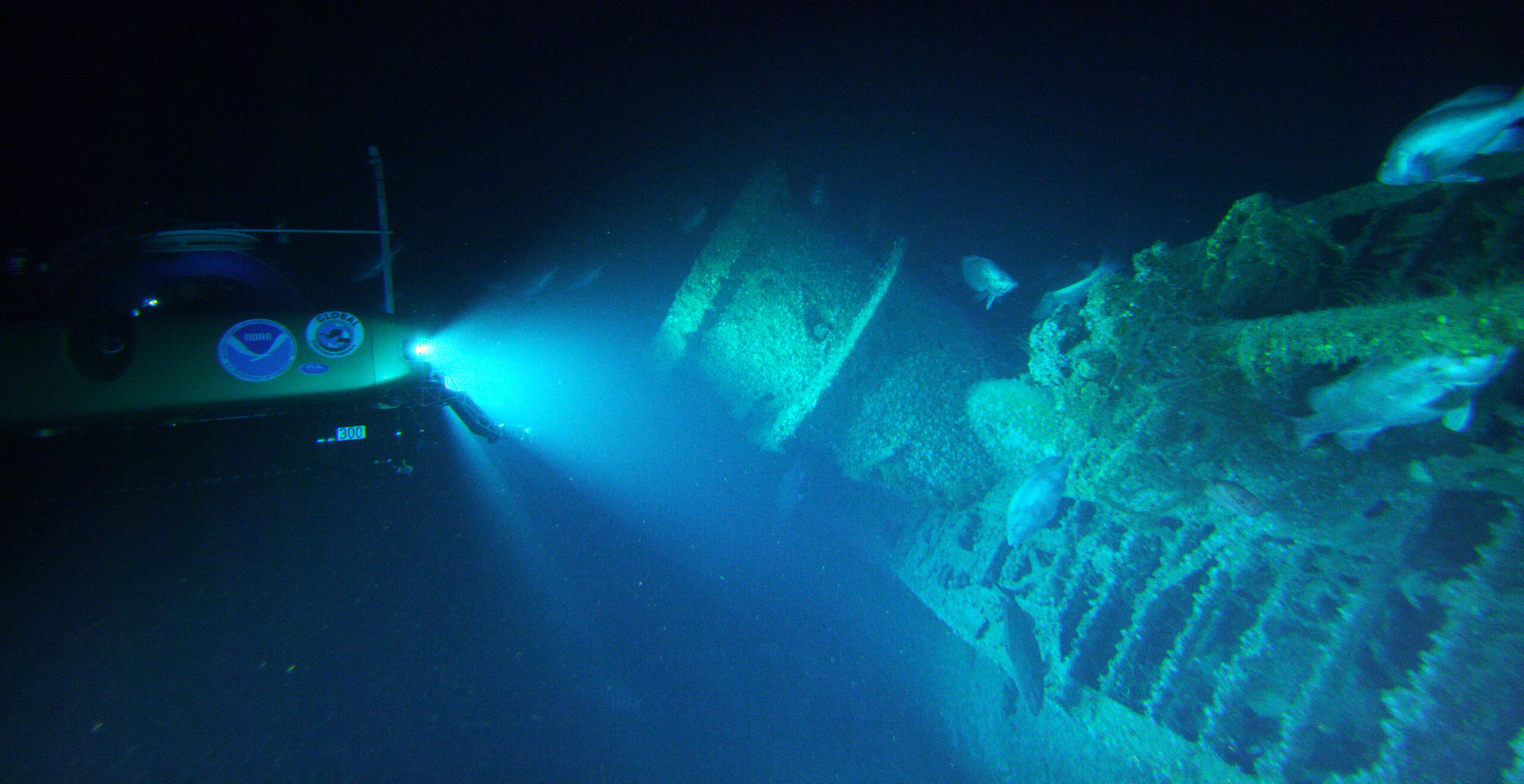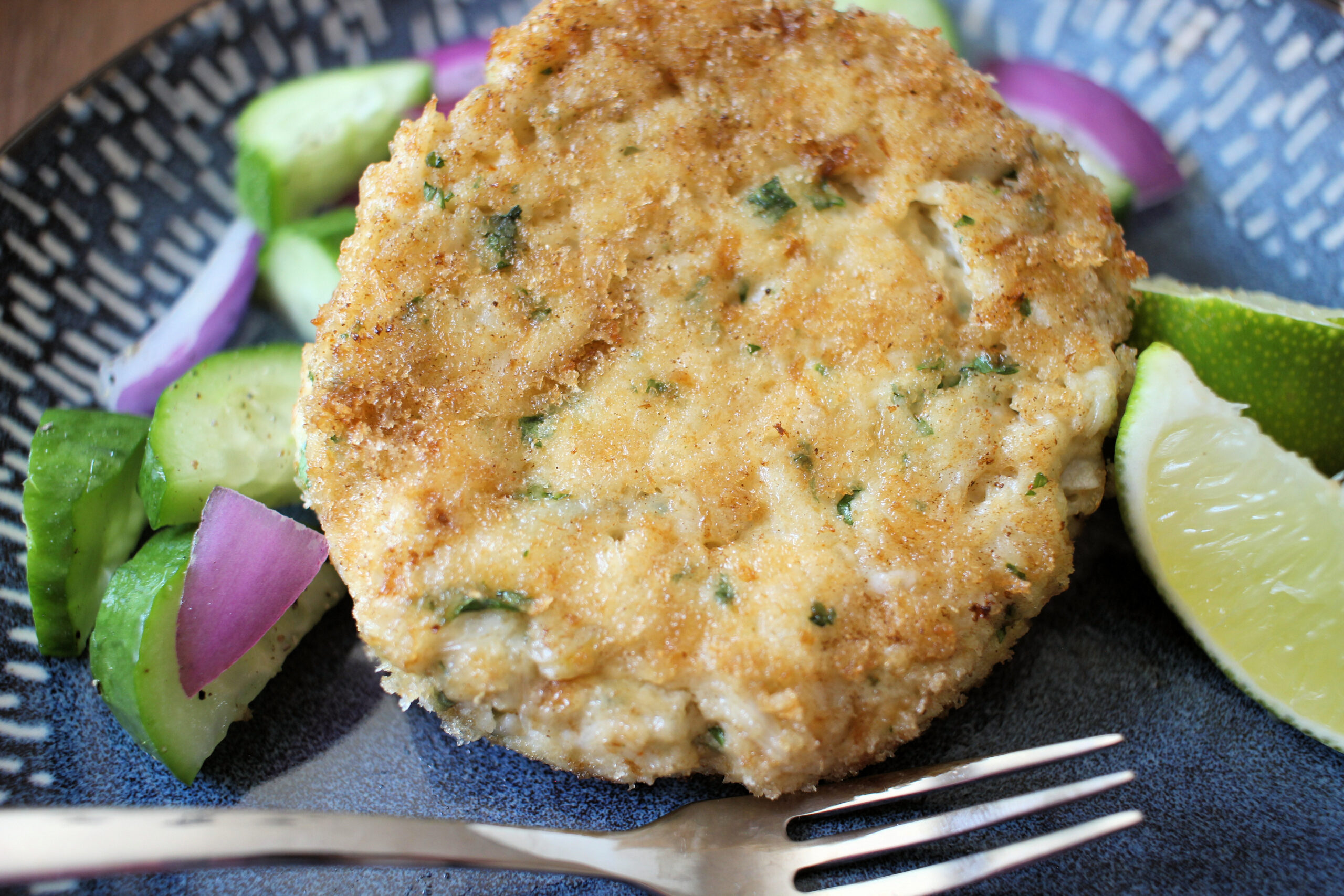Currents: Are Warming Seas Affecting How Blue Crabs Escape Predators?
Research from the UNC Wilmington Coastal Plant Ecology Lab
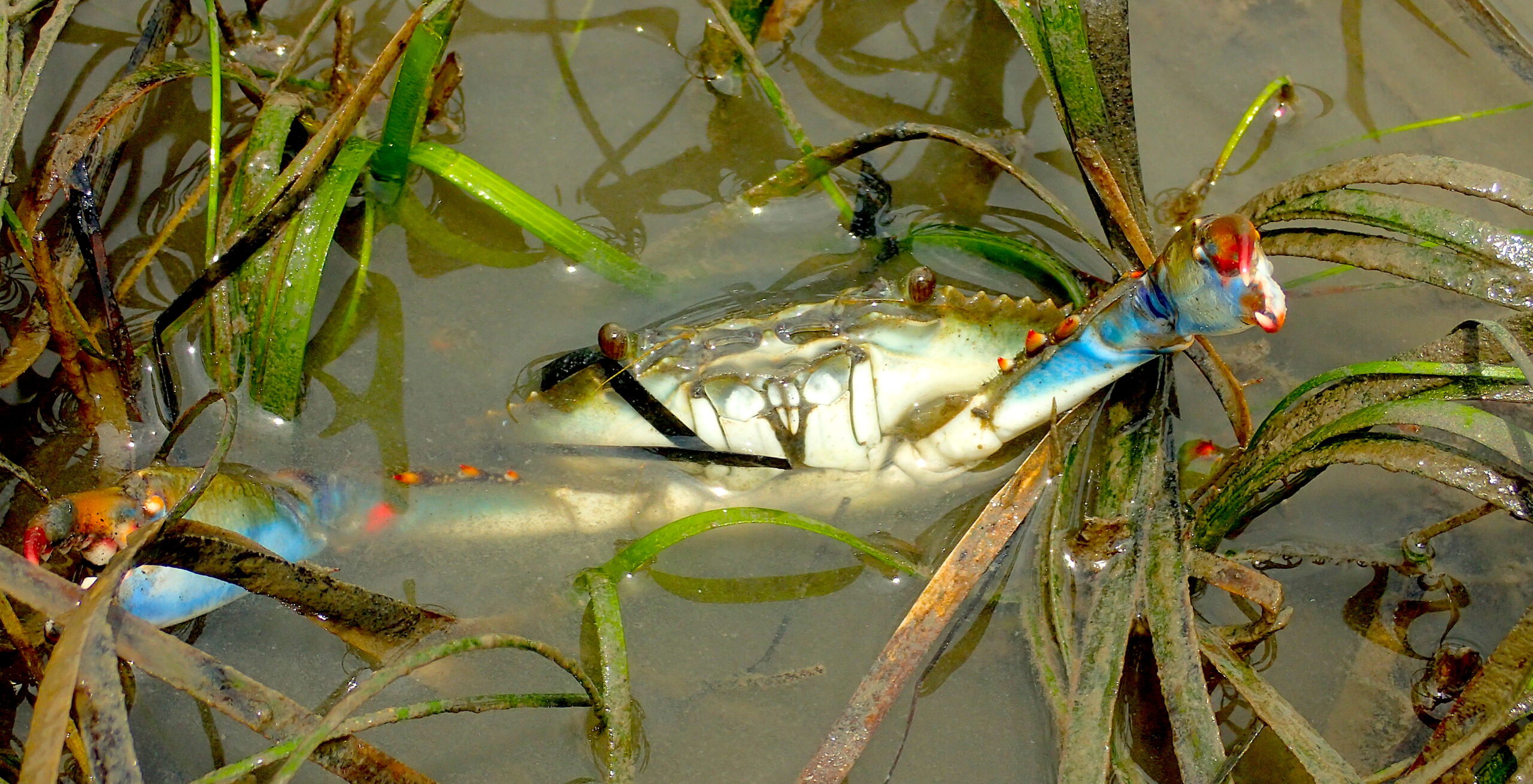
Blue Crabs are a vital component of our coastal marine ecosystems, supporting one of the most important fisheries in North Carolina. These crabs also act as both predator and prey in coastal habitats.
Along much of the North Carolina coast, seagrasses are a critical habitat for juvenile blue crabs, providing a refuge from predators and a protected foraging location. As a result, seagrass habitats directly help sustain this economically important fishery as adult blue crab abundances are directly related to the abundance and survivorship of juveniles.
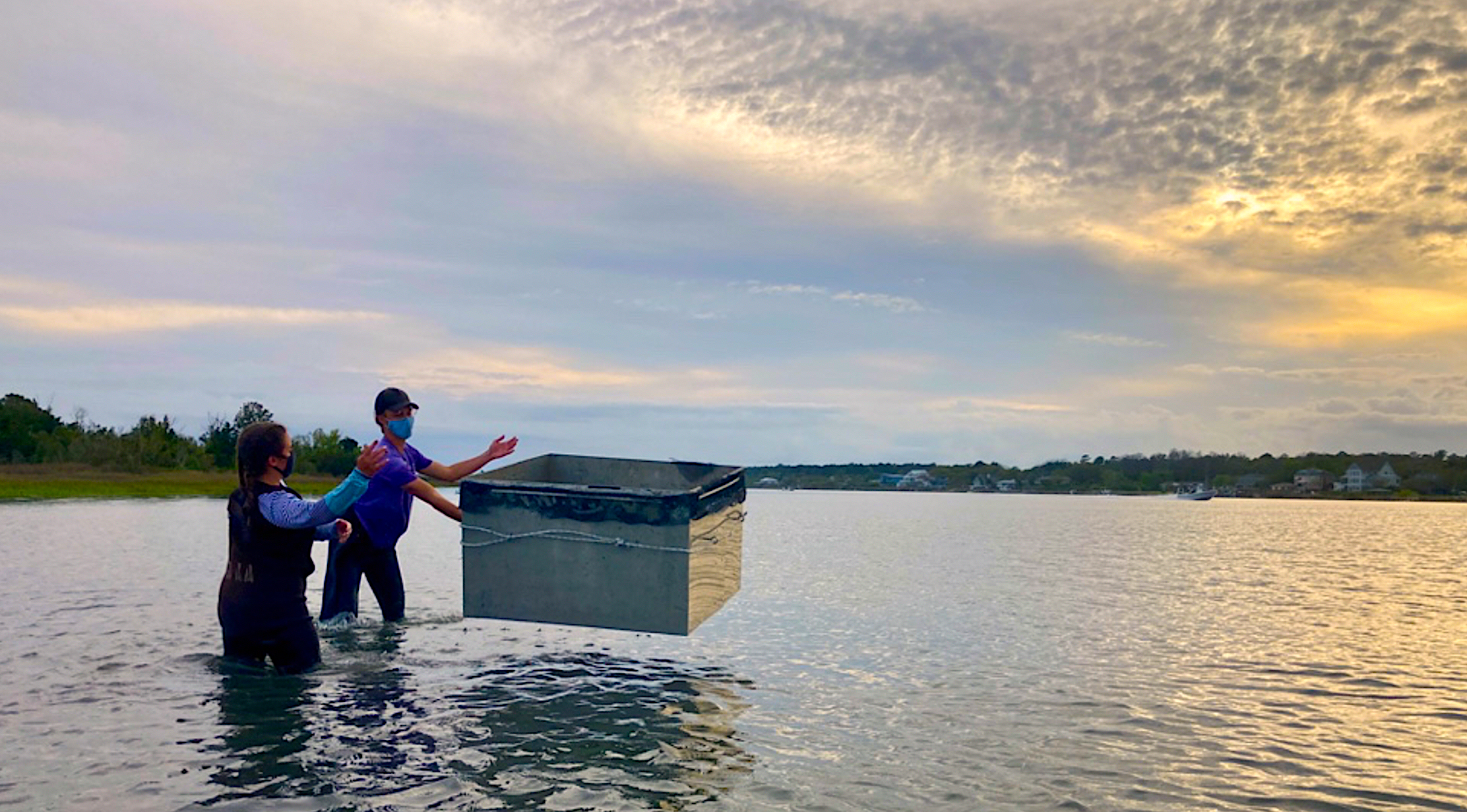
However, warming sea temperatures are altering the composition of seagrass communities within North Carolina — a phase shift in dominant seagrass species from temperate eelgrass meadows to tropical shoal grass meadows. These seagrass species differ in form and structure, and their beds differ in complexity. Thus, this shift could alter predation rates and how much juvenile blue crabs within this region utilize these habitats, which, in turn, has significant implications for the blue crab fishery. To address how this change in dominant seagrass habitats might impact blue crabs, our team at UNC Wilmington is conducting field surveys through 2022 in Topsail Sound and Chadwick Bay to assess the relative abundance of juvenile blue crabs. To sample juvenile blue crabs, we’re using throw traps, sweep nets, and lightweight trawls in eelgrass, shoal grass, and unvegetated habitats.
In addition, to further understand the potential impacts of changing seagrass habitats, we’re examining differences in predation on blue crabs in eelgrass, shoal grass, and unvegetated areas by conducting tethering experiments, in which we restrain the prey and document what happens. These experiments will provide important information on potential differences in quality between the two seagrass habitats and between vegetated and unvegetated habitats.
In the lab, we also will study juvenile blue crab behaviors when a predator is present and absent, offering additional insight about how they utilize the two seagrass species. We then can compare patterns from the habitat choice experiments to our field sampling of the relative abundance of juvenile crabs that utilize eelgrass
and shoal grass.
Understanding how warming seas affect juvenile blue crabs by altering critical nursery habitats will provide essential information to fisheries management, which, in turn, can benefit both recreational and commercial fishermen within North Carolina.
Read More
The UNC Wilmington Coastal Plant Ecology Lab works to understand the effects of environmental stressors on large-scale physiological processes, such as plant development and reproduction within seagrass populations, and to communicate these results to resource agencies and policymakers charged with their management. North Carolina Sea Grant has supported research from the lab on blue crabs from 2020 to 2022.
Contributors to this story include UNCW’s George Easterly, Martin Posey, Troy Alphin, Jessie Jarvis, and Mike Wheeler.
lead photo credit: UNCW Coastal Plant Ecology Lab.
- Categories:
